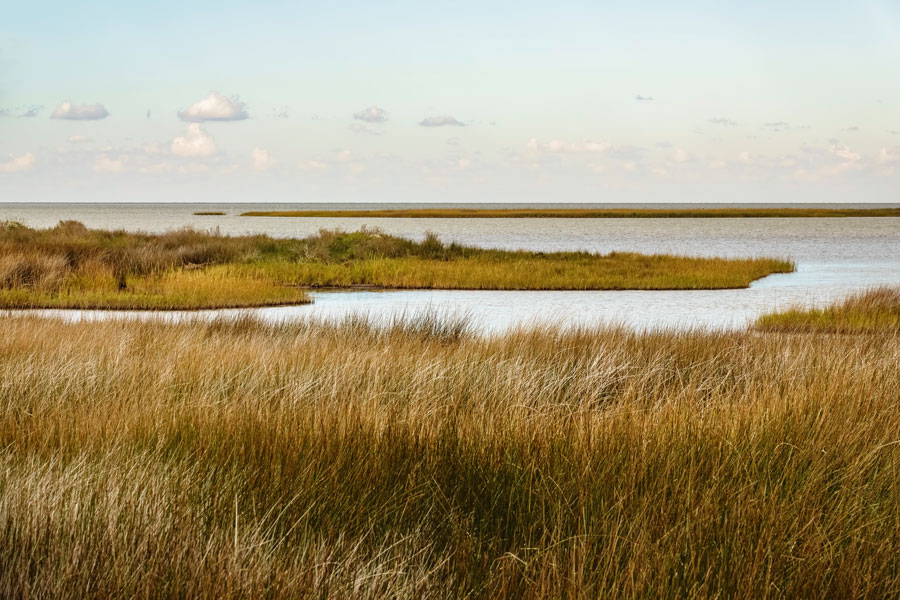Million-Acre Southeast Salt Marsh Conservation Plan Gets Green Light

ST. PETERSBURG, FL – An initiative to conserve a million acres of salt marsh from Northeast Florida to North Carolina is in motion, following approval Tuesday from the Southeast Regional Partnership for Planning and Sustainability (SERPPAS).
A coalition of groups representing anglers, hunters, birders, boaters, local officials and conservationists pushed for the plan along with The Pew Charitable Trusts.
Cameron Jaggard, outreach coordinator for Pew’s Conserving Marine Life in the U.S. project, noted protecting coastlines from flooding, erosion, and storm surge, and preserving habitats are all part of the bigger picture of the conservation plan.
“Salt marsh provides shelter, food and nursery grounds for more than 75% of commercial recreational fish species in the country,” Jaggard explained. “And that includes blue crab, redfish and flounder, as well as valuable waterfowl, and imperiled bird species, including black duck and Eastern black rail.”
NOAA estimates 80,000 acres of wetlands are lost every year from development and rising sea levels. Jaggard confirmed the plan’s development will begin immediately, with a draft conservation plan expected for 2022.
Meg Palmsten, research oceanographer for the U.S. Geological Survey and chair of the SERPPAS Coastal Resilience and Regional Adaptation Working Group, hopes to dive deeper for solutions to coastal hazards.
“Something I’m most interested in dissipating wave energy, and providing space for storm surge to reside when there’s a storm that’s pushing water up into our estuaries,” Palmsten remarked. “And so it’s a natural place to sort of act as a buffer between the dynamic ocean and the land where we live.”
According to the National Oceanic and Atmospheric Administration, salt marshes absorb flooded waters and wave energy during storms. This creates an up to 20% decrease in property damage in adjacent communities.
Jaggard noted the plan will try to protect Southeast coastal communities and military bases.
“A comprehensive conservation plan could help communities, and the military, better prepare for the future through coordinated, forward thinking transportation, targeted restoration projects and conservation of adjacent open lands,” Jaggard outlined.
He added the plan will be modeled after America’s Longleaf Restoration Initiative, which already has increased the trees’ population by 40% in the last 10 years.



Comments are closed.